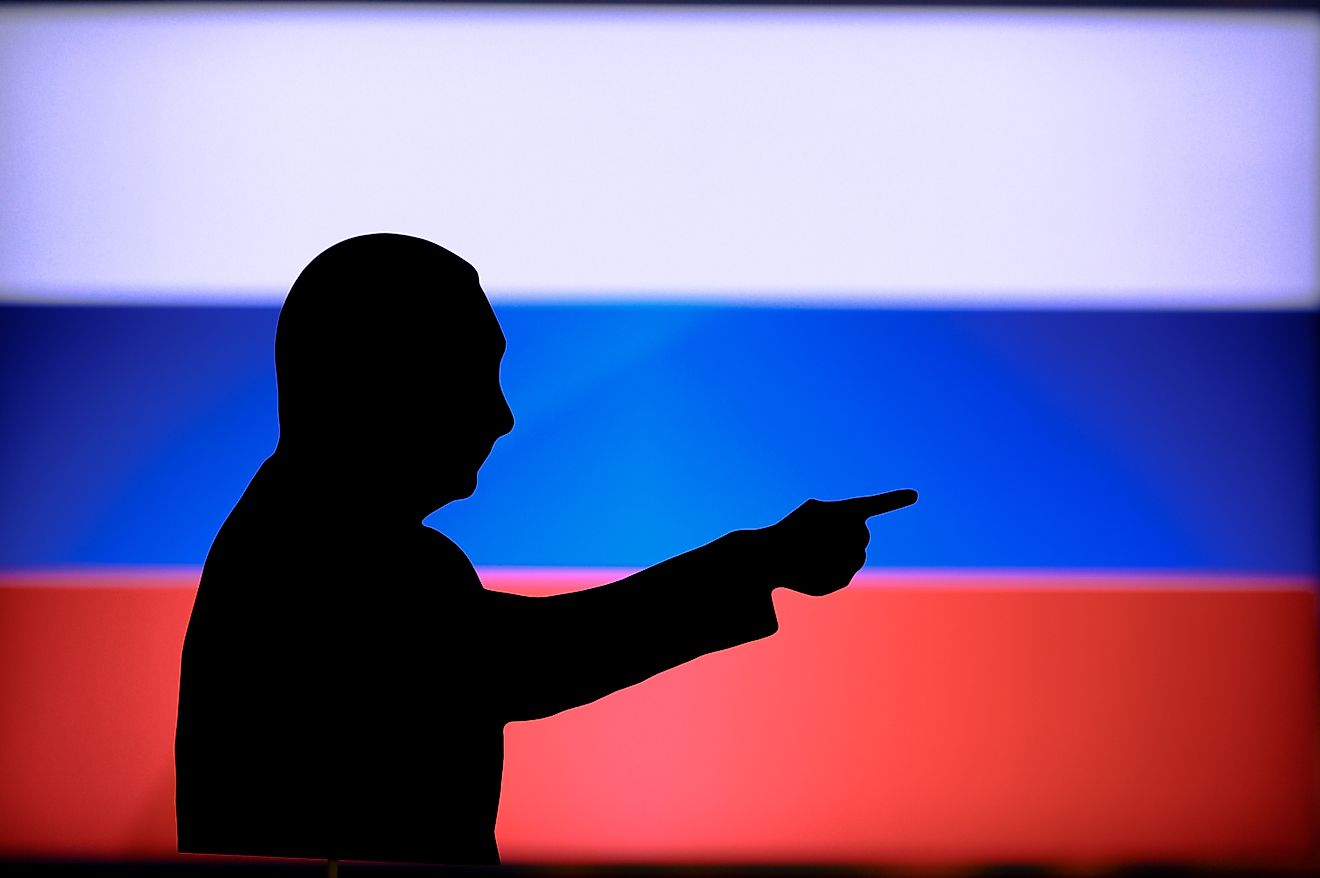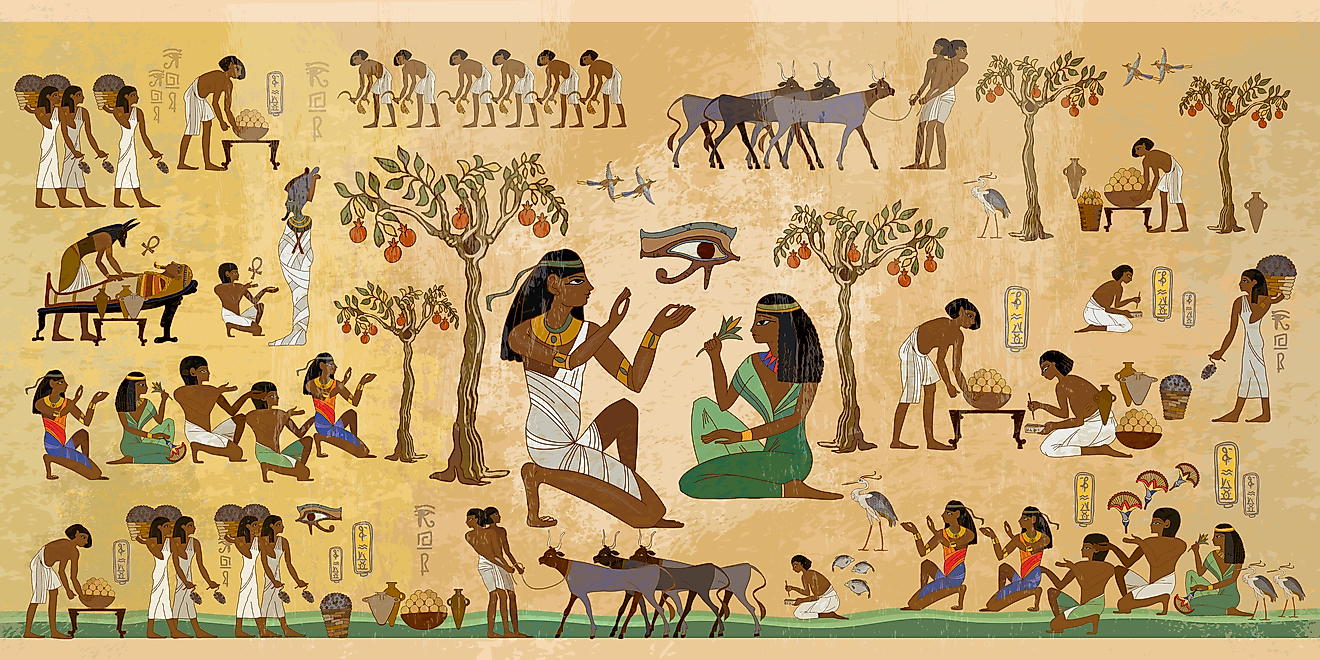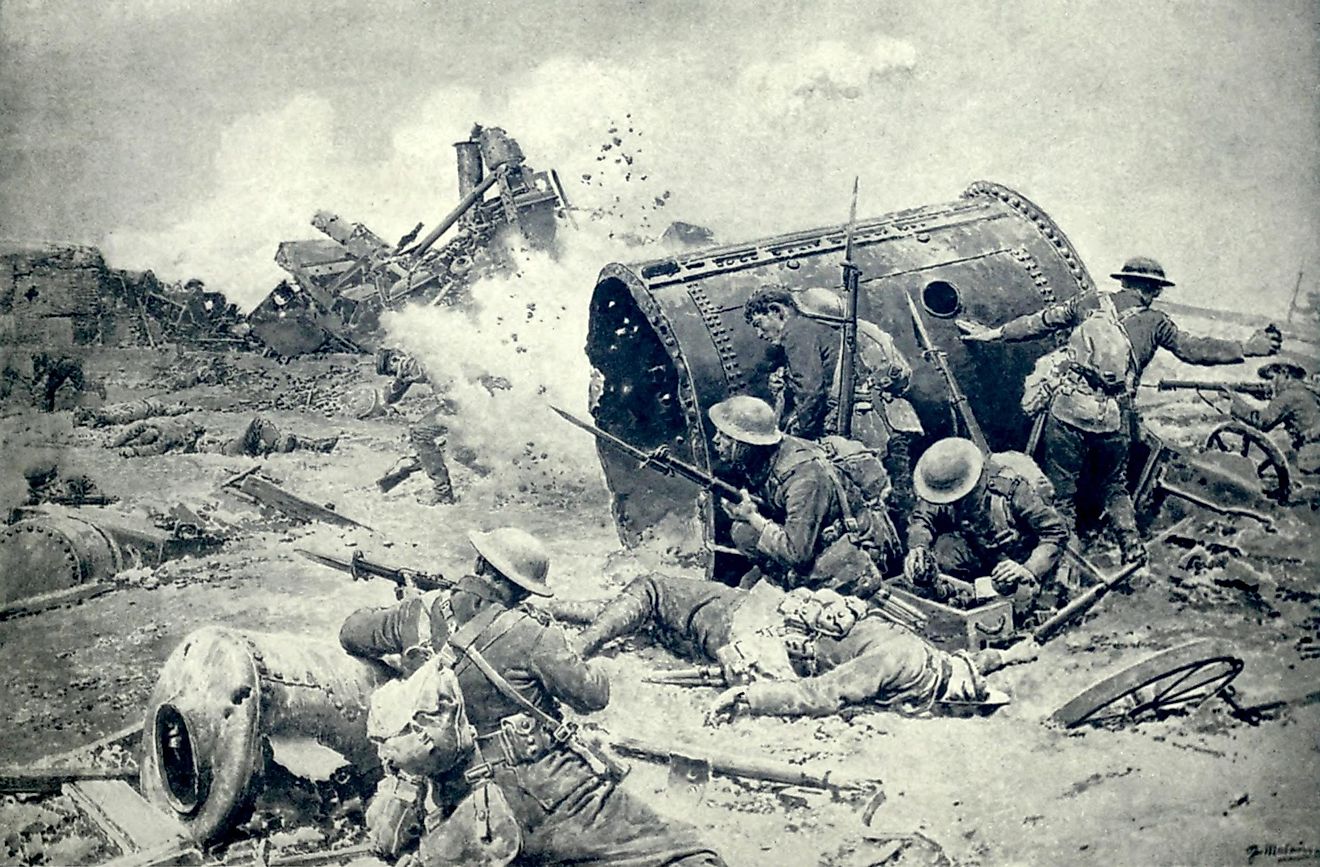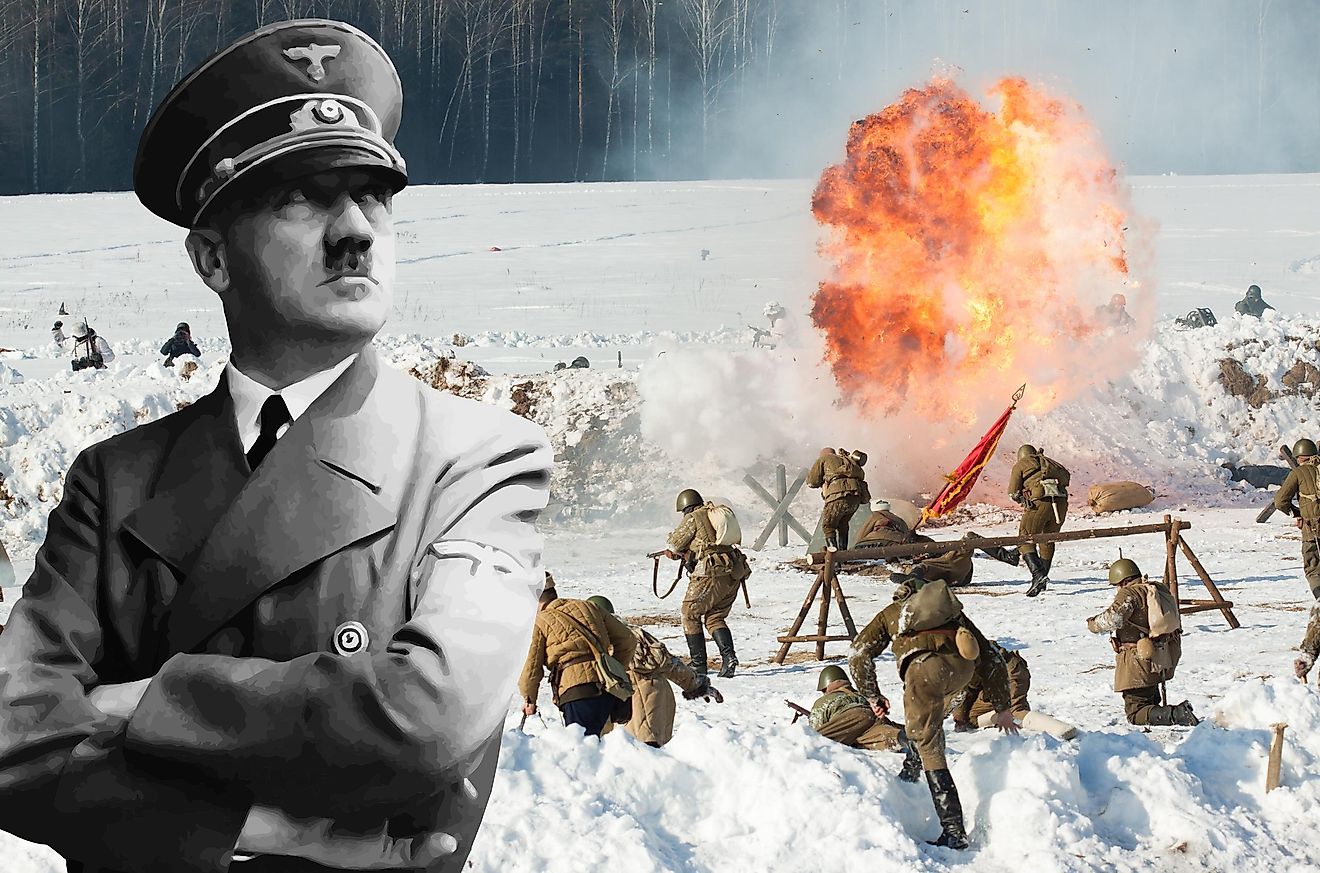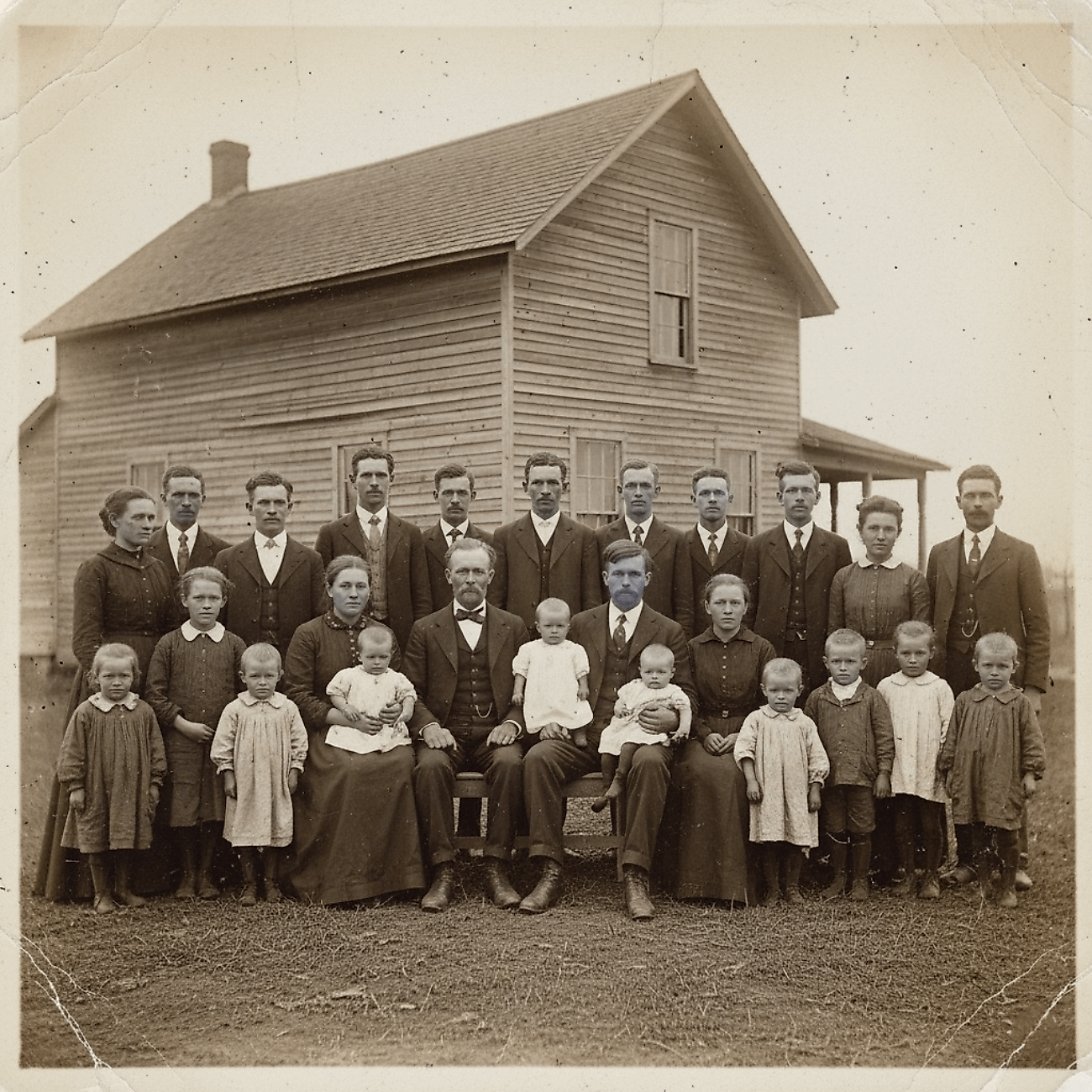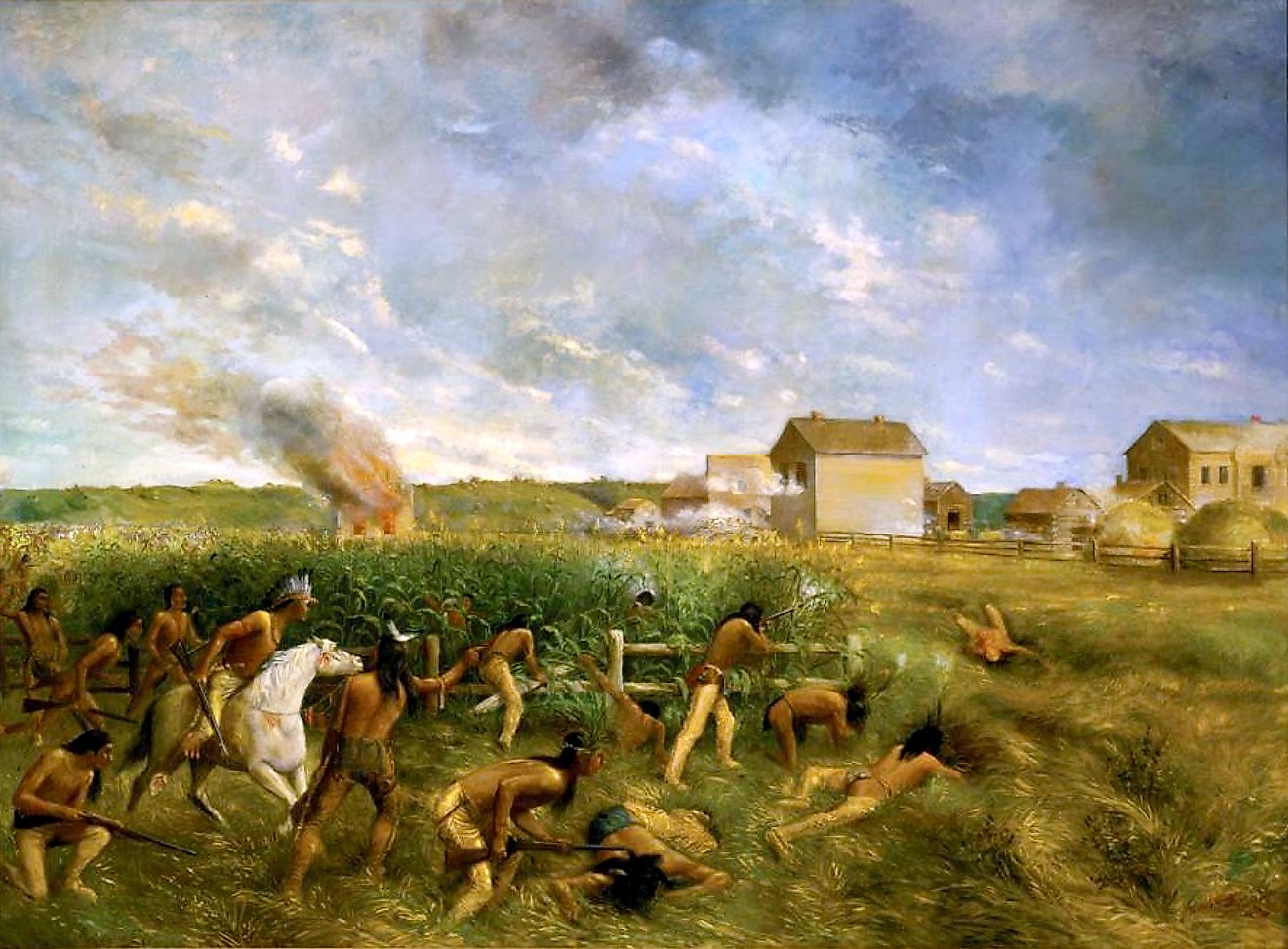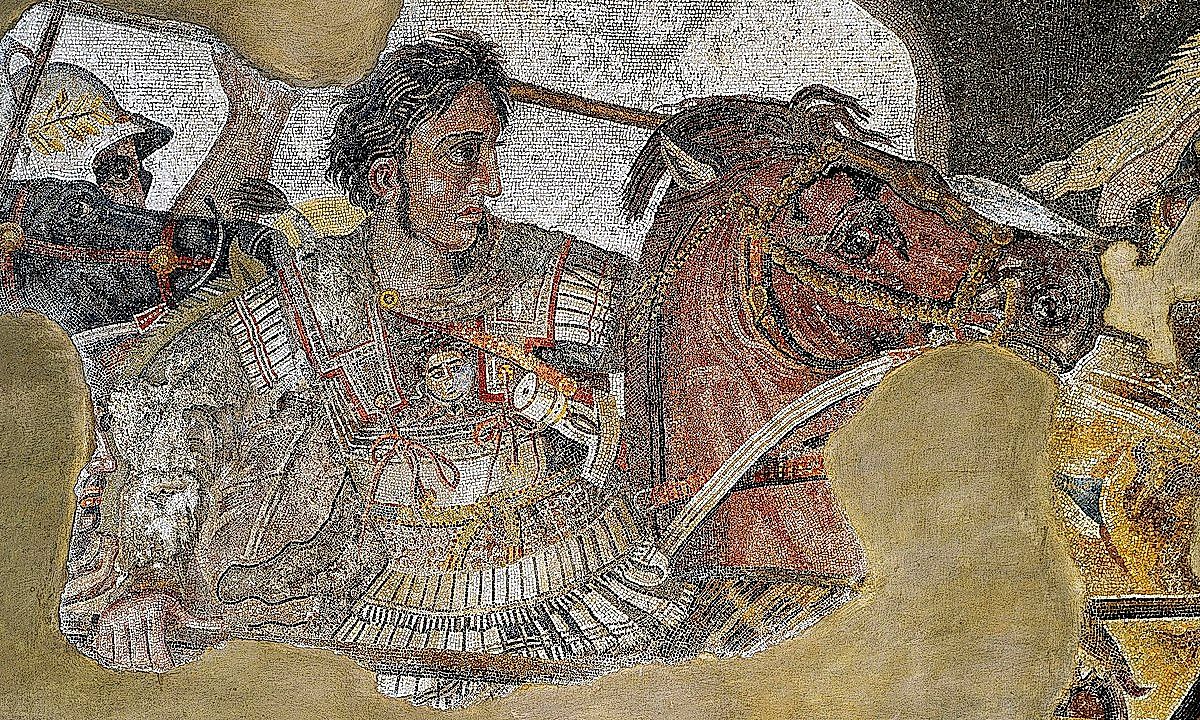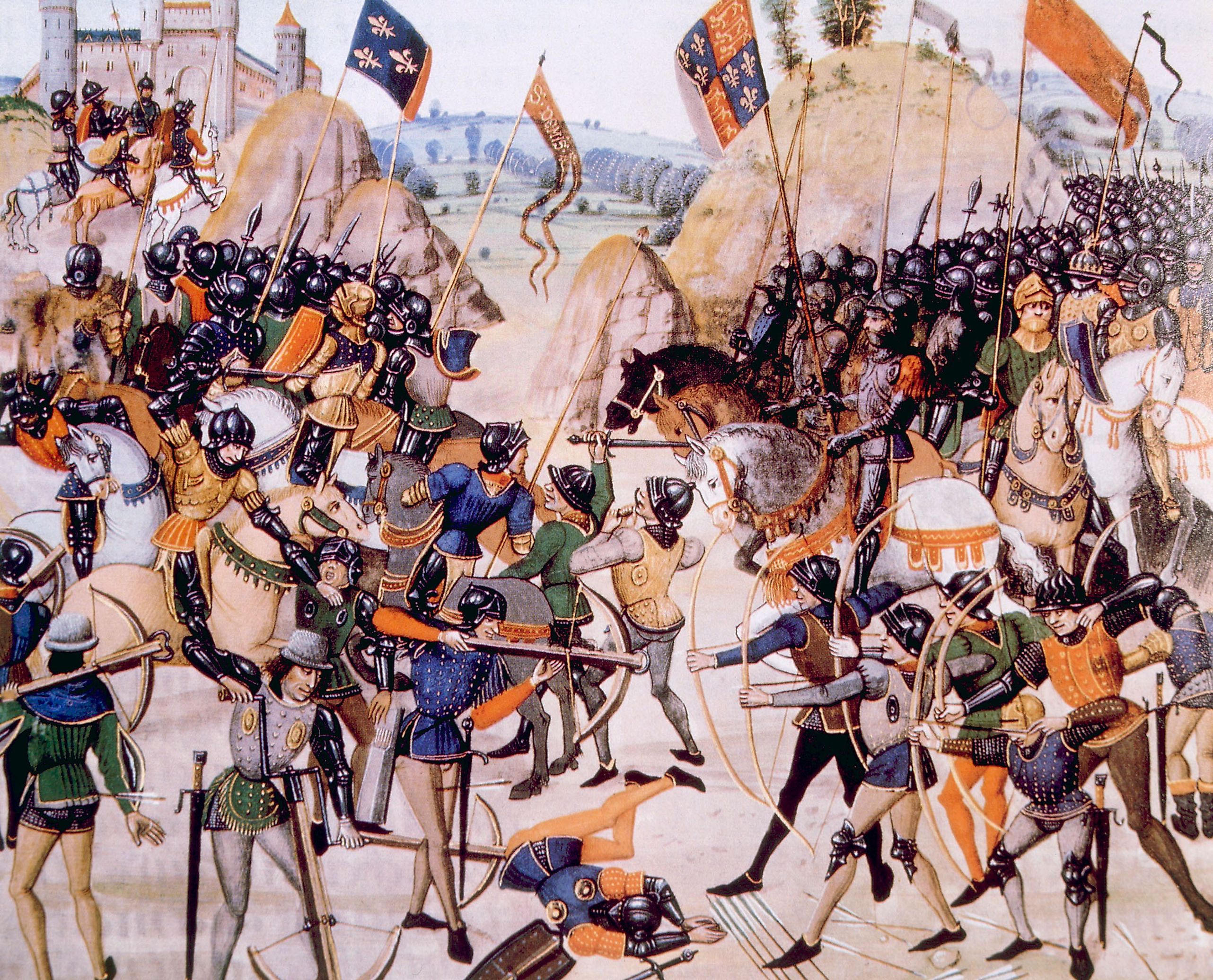
The Longest Wars Ever To Be Fought In Human History
Conflict and war have been brutal facts of life in human history. Throughout the ages, the world has seen battles between nations that have changed the course of history and drawn-out conflicts that linger long after their combatants have passed away. The following records examine some of the longest wars and conflicts in recorded history, whose legacies still echo through time on both a global and personal level. To understand contemporary tensions, one must explore who initiated these historical conflicts, why they started, the effects, and perhaps most notably, when these centuries-old struggles finally ended. After all, future generations cannot quench the violent potential of humanity without intentional self-education.
Reconquista - 781 Years
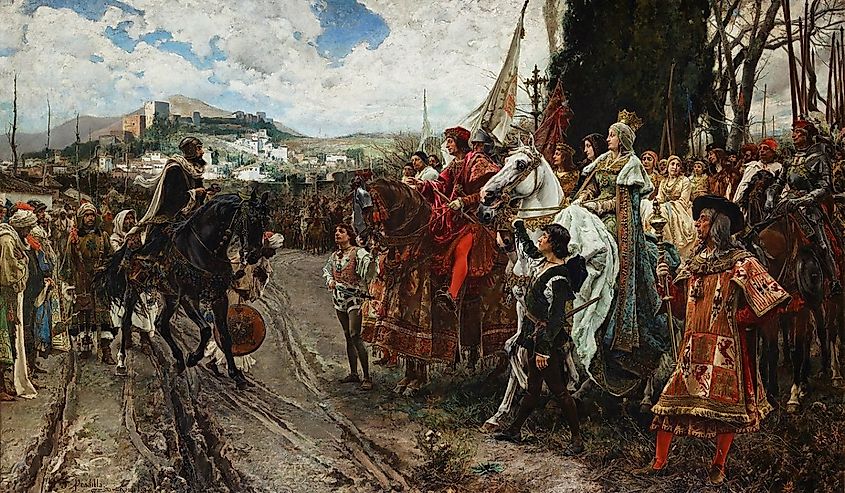
Spanning an incredible 781 years, the Reconquista was a long and arduous war fought by Spanish and Portuguese forces against the Muslim rulers of the Iberian Peninsula. The conflict began around 711 CE when an Islamic-Berber army crossed the Straight of Gibraltar. These invaders entered Spain and Portugal, and by 718 CE, the Moors controlled much of Iberia. Christian Kingdoms fell to the prowess of the Cordoban Caliphate until the caliph disintegrated in the 11th century. After that point, Christian kingdoms slowly resurged and grew to dominate the peninsula. Though there were a series of defeats and victories on both sides throughout these centuries, eventually, in 1492 CE, Granada in present-day southern Andalusia finally fell to Ferdinand II and Isabella I. That defeat marked the end of one of the longest-recorded wars and ushered in a new era of Catholic Christianity for Iberia as it entered the Renaissance.
Roman-Germanic Wars - 708 Years
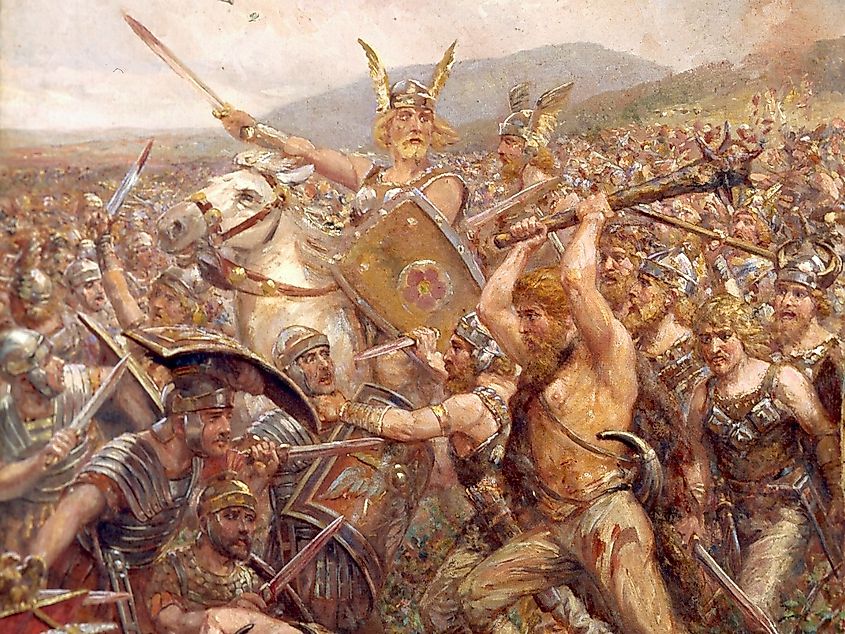
The Roman-Germanic Wars were a series of conflicts that spanned 708 years, from 113 BC to 596 CE. This clash between the two civilizations resulted in the displacement of the Roman Empire and Germanic ancestral regions from the 2nd century BCE to the 10th century CE. Though there were plenty of battles and alliances over these centuries, a significant event was the 476 defeat of Romulus Augustus to Odoacer, which marked the official end of the Western Roman Empire. Over the next 120 years, Frankish and Visigoth rulers continued to dissect the Roman Empire while engaging with Byzantine generals from Eastern Rome. The Byzantine-Lombard wars overlap with the Roman-Germanic Wars, and it is at this time that Western Rome ceased to exist, thus ending the 708-year conflict. In conclusion, the Roman-Germanic Wars lasted an unprecedented amount of time and impacted European territories.
Anglo-French Wars - 706 Years
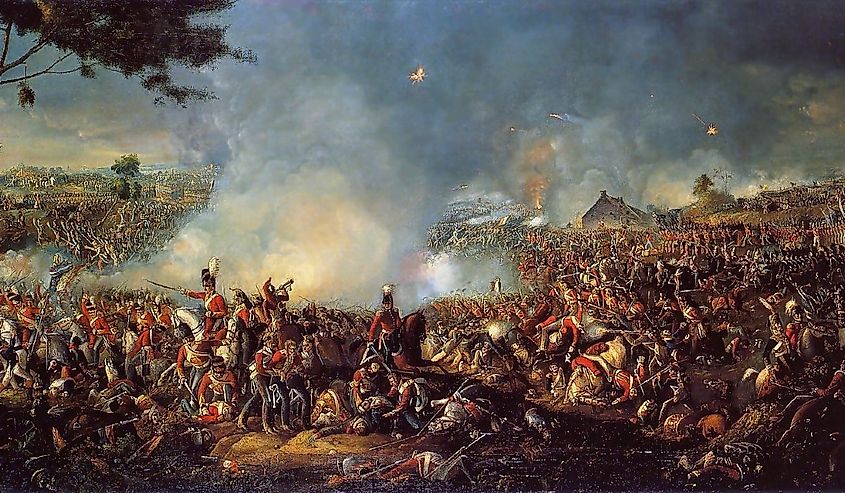
The Anglo-French Wars were a series of conflicts fought for 706 years, extending from 1109 CE until the second defeat of Napoleon in 1815. At that point, Napoleon's Empire conceded to the combined strength of Europe. The Anglo-French Wars were mainly fought for control over French lands and included prominent battles such as Agincourt, Crecy, and Waterloo. Early struggles saw the successful deployment of the legendary British Longbowmen, who trained to wield heavy yew longbows from a young age. However, the Anglo-French Wars also had far-reaching consequences beyond Europe, playing an essential role in forming independent colonies overseas. For example, France provided critical resources to the United States in the American Revolution of 1775. Interestingly enough, while there were many conflicts between France and England during this period, they were not continuous; instead, there were relatively long periods of peace interspersed throughout. That sporadic frequency illustrates how dynamic the geopolitical situation was at that time when tensions could shift from war to peace in a brief period.
Roman-Persian Wars - 681 Years
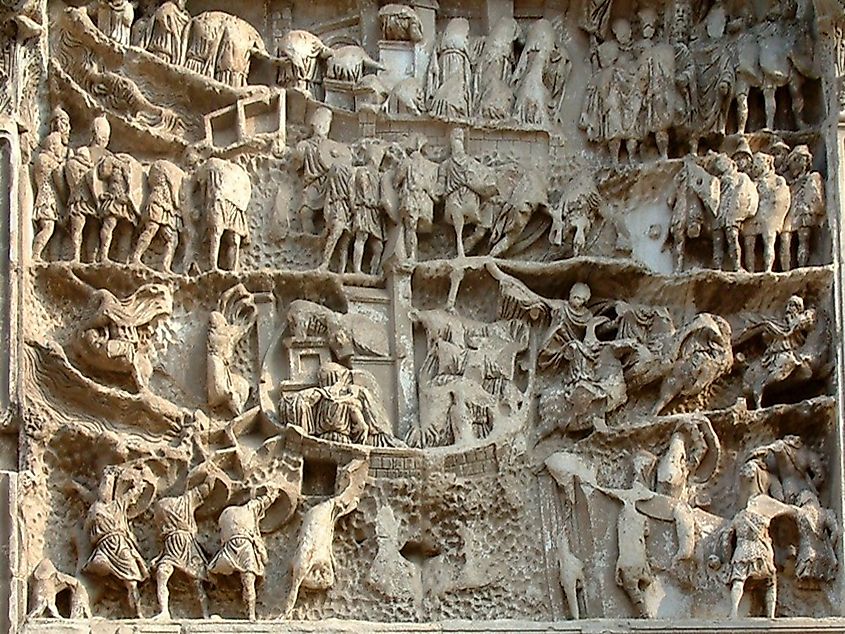
The Roman-Persian Wars embroiled two of the most powerful empires of the ancient world in conflict. The wars began in the mid-1st century BCE and didn't end until 628 CE, lasting a staggering 681 years. The wars began with a failed negotiation for an alliance between Mithridates II and Lucius Cornelius Sulla, followed by an invasion into Mesopotamia by Roman general Marcus Crassus in 53 BCE. During these wars, there were periods when both sides achieved significant victories over one another. Finally, Eastern Roman Emperor Heraclius and his brother Theodore managed to deliver fatal blows to the Persian Empire, and the subsequent Persian ruler successfully sued for peace. Even today, the Roman-Persian Wars are some of the longest and most influential wars in history, as technological innovations altered the world's military tactics for centuries to come.
Byzantine-Bulgarian Wars - 675 Years
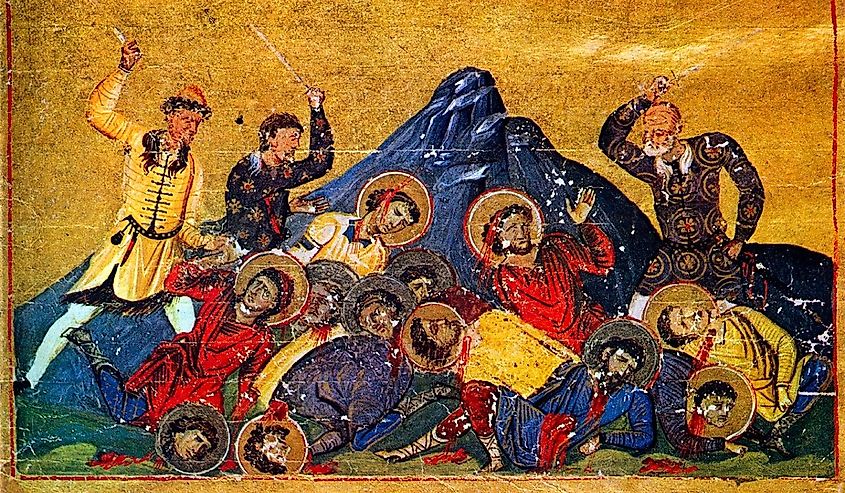
The Byzantine-Bulgarian Wars were a series of conflicts that took place for 675 years between the Eastern Roman (Byzantine) Empire and Bulgaria. The wars began when Khan Asparuh led his people, the Bulgars, across the Danube river into Byzantine territory in 680 CE and established their kingdom. Though the Bulgarian Empire and its successes posed a significant threat to Byzantium's sovereignty, throughout the centuries-long conflict, both empires achieved some level of peace and security by signing treaties and long-term truces. That peace would eventually shatter under Tsar Simeon and Tsar Ivan Alexander, who were determined to expand their Empire further into Byzantine lands. The last war of the series brought victory to Bulgaria in 1355 CE, ultimately leading to the Ottoman conquest, and that marked an end for both empires.
Crusades - 604 Years
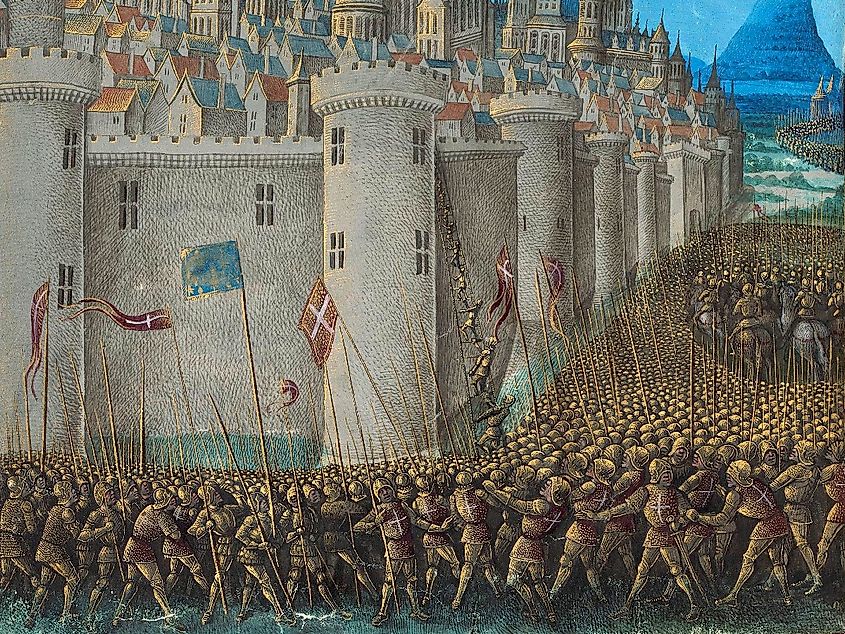
The Crusades were a series of religious wars sanctioned by the Latin Church between 1095 CE and 1699 CE. During this period, armies from European Christian kingdoms attempted to conquer Muslim-controlled lands in the Levant region of the Middle East. In addition, Christian Europe desired to reclaim or defend the Kingdom of Jerusalem from Islamic rule. The use of indulgences gained infamy here, which was a religious tactic that the church used to convince soldiers to fight in the crusades. Although the wars began a millennia ago, their influence on Europe and Islam extended far beyond the battlefield; historians generally agree that the religious tensions created during this time are still present today. Unfortunately, the often misunderstood history of these medieval conflicts has resulted in an inaccurate perception that they ended earlier than they did, thereby misunderstanding more than 604 years of war, disruption, and unrest.
Arab-Byzantine Wars - 421 Years
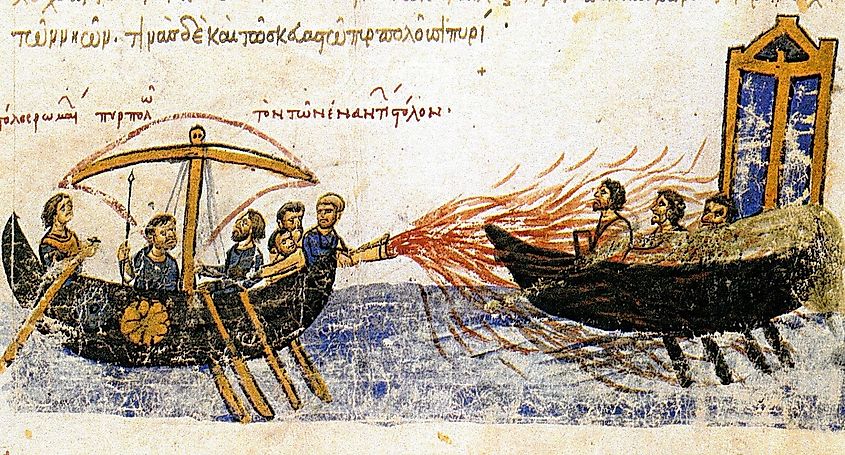
The Arab-Byzantine Wars were a series of conflicts that spanned over four centuries and one year. This long-standing animosity between the two mighty empires had many factors—including economic, geopolitical, and religious—which led to several battles until their resolution in 1050 CE. In 629 CE, Muhammed opposed the Byzantine Empire, and by 638 CE, Arab forces had conquered the previously Roman Levant, Egypt, and Persia. The Byzantines suffered more losses until the Empire benefited from a resurgence in the 10th century. Through the support of Europe in the Crusades, the Byzantine Empire regained total dominance by the 1100s. Seljuk Turks replaced the threat of the Arabs by the 1050s, thus ending the Arab-Byzantine Wars. The consequences of these wars shaped the landscape in Europe and the Middle East, creating one of the most infamous grudges in human history.
Yemeni-Ottoman Conflicts - 373 Years
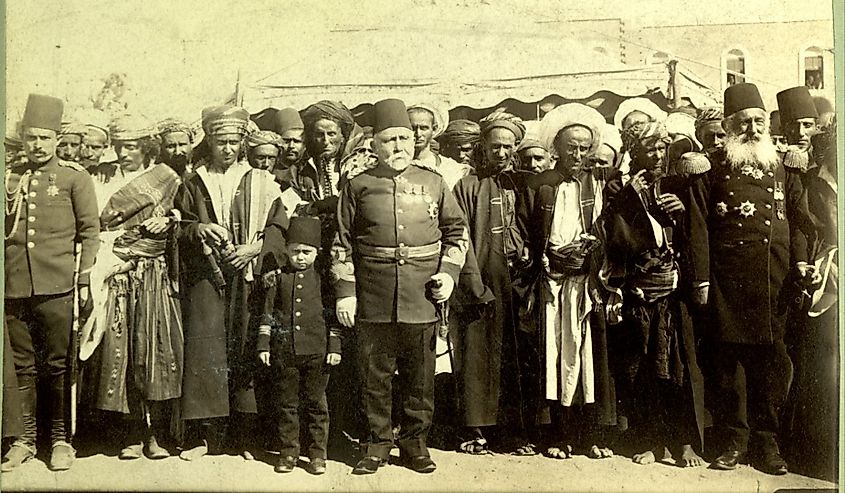
The Yemeni-Ottoman conflicts refer to battles between 1538 CE and 1911 CE, mostly involving the Ottoman Empire and various factions in Yemen. The Ottomans attempted to expand their imperial rule over areas in the Arabian Peninsula, explicitly targeting Yemen, thus fueling the conflict. Several successive Ottoman governors, such as Selim II and Suleiman I, led many of these engagements, resorting to military campaigns against local rulers when diplomatic negotiations were unsuccessful. These wars resulted in territorial gains for the Ottomans, leading to increased control over Yemen and parts around it. The numerous incursions throughout this period had a lasting impact on Yemeni culture and history, with both sides suffering considerable losses in terms of men and resources. Finally, in 1911, after 373 years of fighting, they reached an agreement granting autonomy to Yemen under Ottoman suzerainty until World War I broke out a few years later.
Moroccan-Portuguese Conflicts - 354 Years
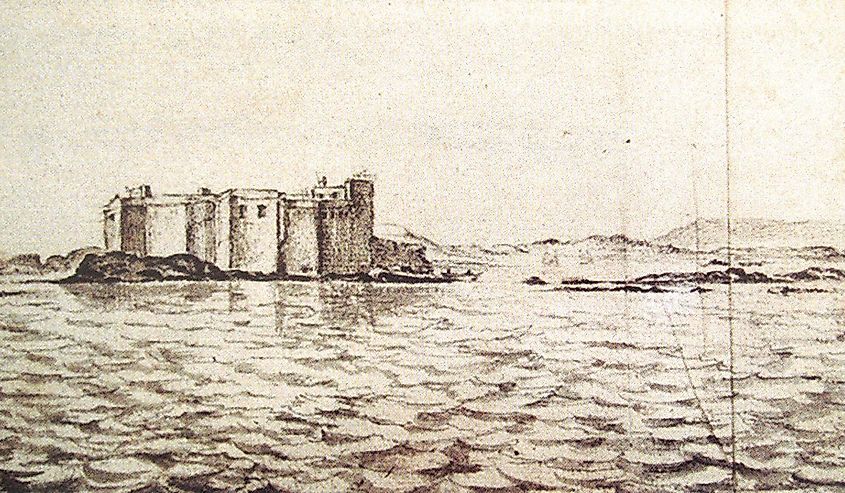
The Moroccan-Portuguese conflicts lasted from 1415 CE to 1769 CE and were a series of wars and skirmishes between the Portuguese Empire and the Kingdoms of Morocco. The original aim of the conflict was for Portugal to gain control over Morocco to maintain their naval supremacy in the Western Mediterranean Sea. This conflict began when Portuguese forces seized Ceuta in 1415 and attempted to capture other coastal cities such as Tangier and Azemmour. In response, the Moroccans fought back under numerous Sultans, including Sultan Abd al-Malik, who emerged victorious against a Portuguese attack in 1578. Nevertheless, despite facing several defeats at the hands of Abd al-Malik, Portugal still managed to obtain several fortresses along the Moroccan Coastline. However, King Sebastian of Portugal died in battle, and over the next 190 years, each Portuguese foothold was either abandoned or returned. This period of relative peace continued until Portugal finally withdrew its forces from Moroccan territory in 1769.
Russo-Turkish Wars - 350 Years
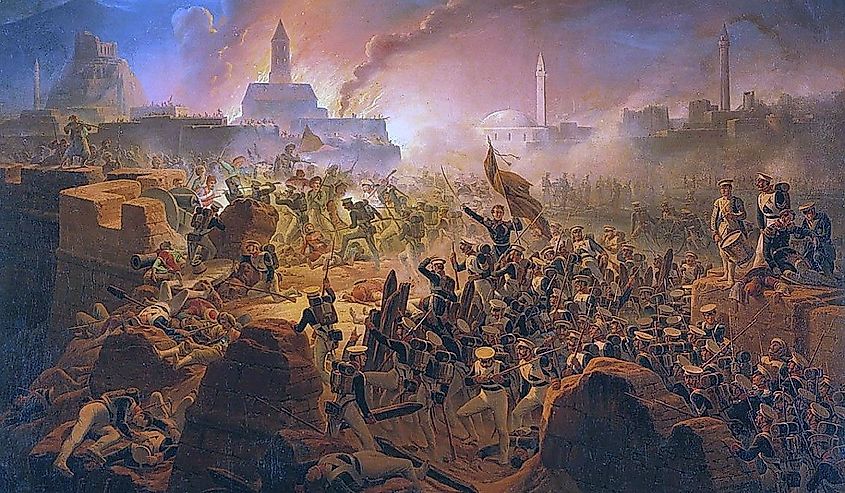
The Russo-Turkish wars were a series of 12 conflicts between the Russian Empire and the Ottoman Empire that spanned from 1568 CE to 1918 CE. During this period, the two empires fought several battles, primarily over control of religious sites in the Holy Land, access to the Black Sea, and territories in Eastern Europe and the Caucasus. In 1569, the Ottoman sultan Selim II attempted to push the Russians out of the lower Volga by dispatching a military expedition to Astrakhan, sparking the earliest conflict between the Ottomans and Russians. Subsequently, numerous clashes happened over areas such as Crimea, which changed hands multiple times until Russia finally annexed it in 1783. The next major conflict occurred in 1828 when Russia declared war on Turkey for its involvement in Greece's independence movement. This escalation later expanded into Romania and Bulgaria, leading to further territorial gains for Russia. Later on, during World War I, Russia joined forces with Britain against Germany and its allies, including Turkey, resulting in a decisive victory for Russia and its allies at the Treaty of Brest-Litovsk in 1918, which brought an official end to all hostilities.
Spanish-Moro Conflict - 333 Years
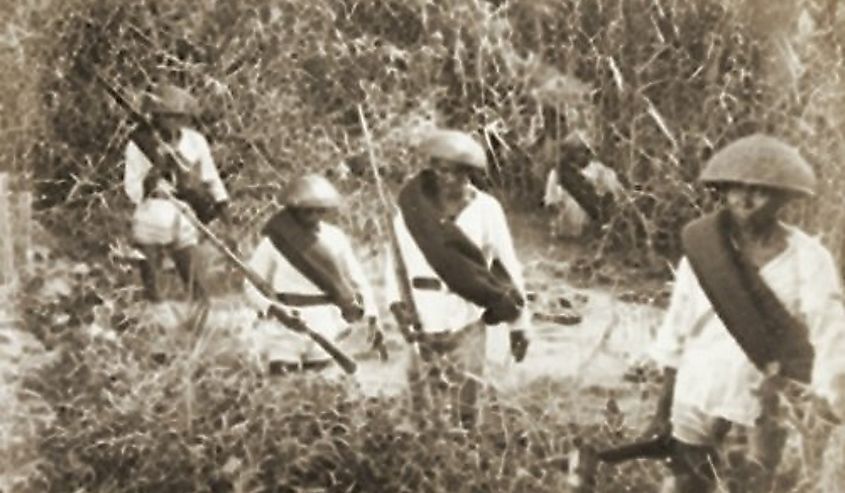
The Spanish Moro conflict was a centuries-long struggle between the Spanish Empire and Muslim powers in the southern Philippines, lasting from 1565 CE to 1898 CE. The Spanish fought against the Tausūg of Sulu, the Maguindanao, and the Maranao, who resisted colonial expansion into Mindanao and the Sulu Archipelago. While Spain secured Manila in 1571 after defeating local rulers like Rajah Sulayman, they failed to extend full control further south. Leaders such as Sultan Kudarat of Maguindanao successfully resisted Spanish advances in the 17th century, keeping much of Mindanao and Sulu independent despite repeated campaigns.
Throughout the 18th and 19th centuries, the conflict persisted in the form of raids, coastal battles, and shifting alliances, with Christian Filipino auxiliaries often serving alongside Spanish troops. Spain managed to establish a handful of forts and mission towns, but Moro territories remained largely outside colonial rule. The conflict only ended with Spain’s defeat in the Spanish American War of 1898, though resistance continued under American occupation in what became known as the Moro Rebellion.
The longest wars can range from centuries-long struggles between world superpowers to millennium-long conflicts between cultures and religions. These long, unwavering wars have a wide-reaching effect on global politics and culture, with both parties enduring strife through the generations. In all cases, the results of these wars have been profound and have taken centuries to rectify. Understanding the impact of these complicated conflicts is vital to understanding our current era, an era that is much more dynamic and unpredictable than its predecessors. Hopefully, bridges of peace will continue to be built, enabling humans to move past violent histories and work together toward a brighter future for all.
The Longest Wars in Human History
| War | Start Date | End Date | Duration |
|---|---|---|---|
| Reconquista | 711 | 1492 | 781 years and 1 month |
| Roman-Germanic wars | 113 BC | 596 | 708 years |
| Anglo-French Wars | 1109 | 1815 | 706 years, 5 months, 2 weeks, and 3 days |
| Roman-Persian Wars | 54 BC | 628 | 681 years |
| Byzantine-Bulgarian wars | 680 | 1355 | 675 years |
| Crusades | 1095 | 1699 | 604 years |
| Arab-Byzantine wars | 629 | 1050 | 421 years |
| Russo-Ukrainian Wars | 1609 | Ongoing | 412-413 years |
| Byzantine-Arab wars | 780 | 1180 | 400 years |
| Yaqui Wars | 1533 | 1929 | 396 years |
| Yemeni-Ottoman conflicts | 1538 | 1911 | 373 years |
| Moroccan-Portuguese conflicts | 1415 | 1769 | 354 years |
| Russo-Turkish wars | 1568 | 1918 | 350 years |
| Arauco War | 1536 | 1883 | 347 years |
| Dutch-Scilly Islands wars | 30 March 1651 | 17-Apr-86 | 335 years, 2 weeks, and 4 days |
| Spanish-Moro conflict | 1565 | 1898 | 333 years |
| Apache-Mexico Wars | 1600 | 1915 | 315 years |
| American Indian Wars | 1609 | 1924 | 315 years |
| Ottoman-Persian Wars | 1514 | 1823 | 309 years |
| Navajo Wars | 1600 | 1866 | 266 years |
| Ottoman-Habsburg wars | 1526 | 1791 | 265 years |
| Byzantine-Seljuk wars | 1048 | 1308 | 260 years |
| Chechen-Russian conflict | 1785 | 2017 | 232 years |
| Warring States period | 453 BC | 223 BC | 230 years |
| Muslim conquests of Afghanistan | 642 | 870 | 228 years |
| Byzantine-Ottoman wars | 1265 | 1479 | 214 years |
| Polish-Teutonic War | 1308 | 1521 | 213 years |
| Roman conquest of the Iberian Peninsula | 218 BC | 19 BC | 199 years |
| Genoese-Mongol Wars | 1280 | 1478 | 198 years |
| Franco-Moroccan conflicts | 1765 | 1958 | 193 years |
| Cossack uprisings | 1591 | 1775 | 184 years |
| Russo-Persian Wars | 1651 | 1828 | 177 years |
| Spanish conquest of Chiapas | 1523 | 1695 | 172 years |
| Muscovite-Lithuanian Wars | 1368 | 1537 | 169 years |
| Russian conquest of Siberia | 1580 | 1747 | 167 years |
| Ottoman-Hungarian wars | 1366 | 1526 | 160 years |
| Polish-Swedish wars | 1563 | 1721 | 158 years |
| Anglo-Dutch Wars | 1652 | 1810 | 158 years |
| Sengoku period | 1467 | 1615 | 148 years |
| Spanish conquest of Guatemala | 1521 | 1667 | 146 years |
| Australian frontier wars | 1788 | 1934 | 146 years |
| Hook and Cod wars | 1350 | 1490 | 140 years |
| Mongol invasions and conquests | 1206 | 1337 | 131 years |
| Early Muslim conquests | 622 | 750 | 128 years |
| Second Hundred Years' War | 1689 | 1815 | 126 years |
| Mughal-Sikh Wars | 1635 | 1753 | 118 years |
| Hundred Years' War | 1337 | 1453 | 116 years |
| Russo-Kazan Wars | 1438 | 1552 | 114 years |
| Norwegian civil wars | 1130 | 1240 | 110 years |
| Xhosa Wars | 1779 | 1889 | 110 years |
